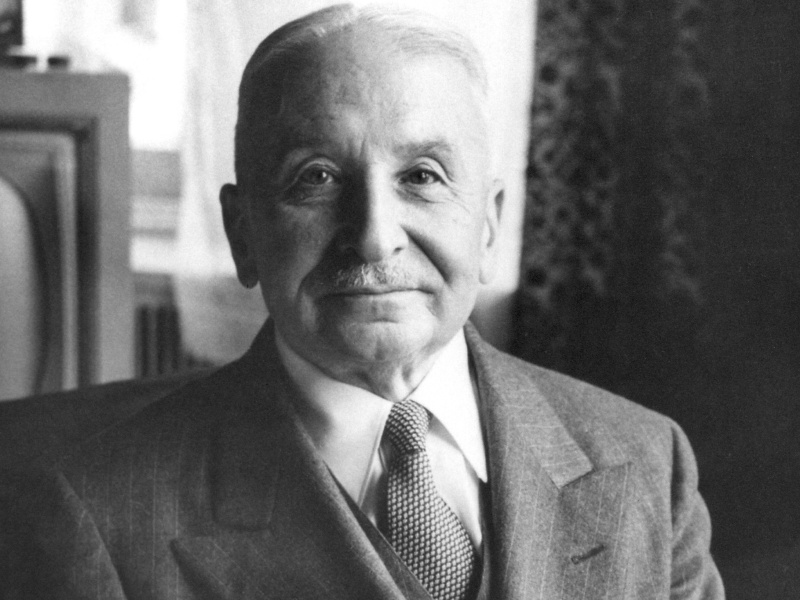This work stands as the most complete indictment of government intervention m money and banking ever produced. It is a monumental treatise on the free market approach by the leading Austrian-school economist of this century.
As the U.S. money and banking system continues to lurch from crisis to crisis, there is no better time to re-examine Mises’ unique arguments and to see the way out of our mess.
Mises discusses the nature and origins of money, the determinants of the value of money, the theory and practice of a free banking system, and the revamping of failed monetary systems.
The fact that most of this book was written in 1912, at the very early stages of many central banking systems, and yet remains fresh today, attests to Mises’ policy of dealing in immutable principles, not in provincial, easily dated controversies.
Mises anchors his critiques of government intervention in a wide, political/ economic context—a method that is rare among economists. That is, he explains how such interventions are the inevitable result of unlimited government which is eager to get its hands on the resources of the economy. In other words, government intervenes in money and banking to make possible its broader interventions in all economic activity.
In The Theory of Money and Credit, Mises shows that money was originally developed by men in a market setting. Money—originally the precious metals, primarily gold—was developed voluntarily by free market participants because it had unique natural properties conducive to universal exchange. In opposition to today’s conventional view, he rejects the idea that it is the state that gives money its value. In fact, he argues, it is only government that can strip otherwise perfectly good money of its value by monopolizing its issue and arbitrarily inflating its supply. Mises also rejects the idea that men’s reliance on gold is a mystical phenomenon. He shows that there were sound economic reasons that men converged on gold as money.
Gold is the linchpin of a free banking system. Under this system, Mises explains, banks supply money as receipts for deposited gold, and extend credit based on savings. When the international gold standard existed, it permitted a peaceful and prosperous division of labor worldwide for a century. It was an achievement unparalleled in the economic history of man. Yet it was abandoned during this century.
The value of money, Mises contends, derives ultimately from its supply and demand. This may seem uncontroversial, but for decades before the publication of this work, monetary economics had been mired in the view that money’s value could not be located in basic market choice. Its supply was taken as given and its demand alone was claimed to be the sole determinant of its value. But demand was always considered unsatisfied, and supply, for whatever reason, too deficient.
This false view led to many deranged interpretations of money that ultimately brought calls for government intervention in the supply of money. Mises’ treatise, on the other hand, is the first to show systematically that an unrestricted market would supply the appropriate amount of money consistent with healthy economic growth. He explains that the value of money is neither intrinsic—valuable apart from human need and human choice, as was sometimes claimed of gold—nor subjective—as some claimed in saying that government could declare as money whatever it wished. Mises argues instead that money has objective value—a value derived from unregulated suppliers and demanders of it in a free market.
Finally, Mises deals with monetary reform, an especially crucial topic today, with fiat money systems and central banking in disarray and with people desperately searching for a better way. Mises showed the way decades ago—a way that entails the adoption of free banking, free markets and limited government.
There are signs that, at last, a growing number of economists are beginning to understand the virtues of a principled, laissez-faire approach to money and banking. Exposure to this superb book will surely make that number multiply.
This review is made available by the Ayn Rand Bookstore (formerly Second Renaissance Books)




